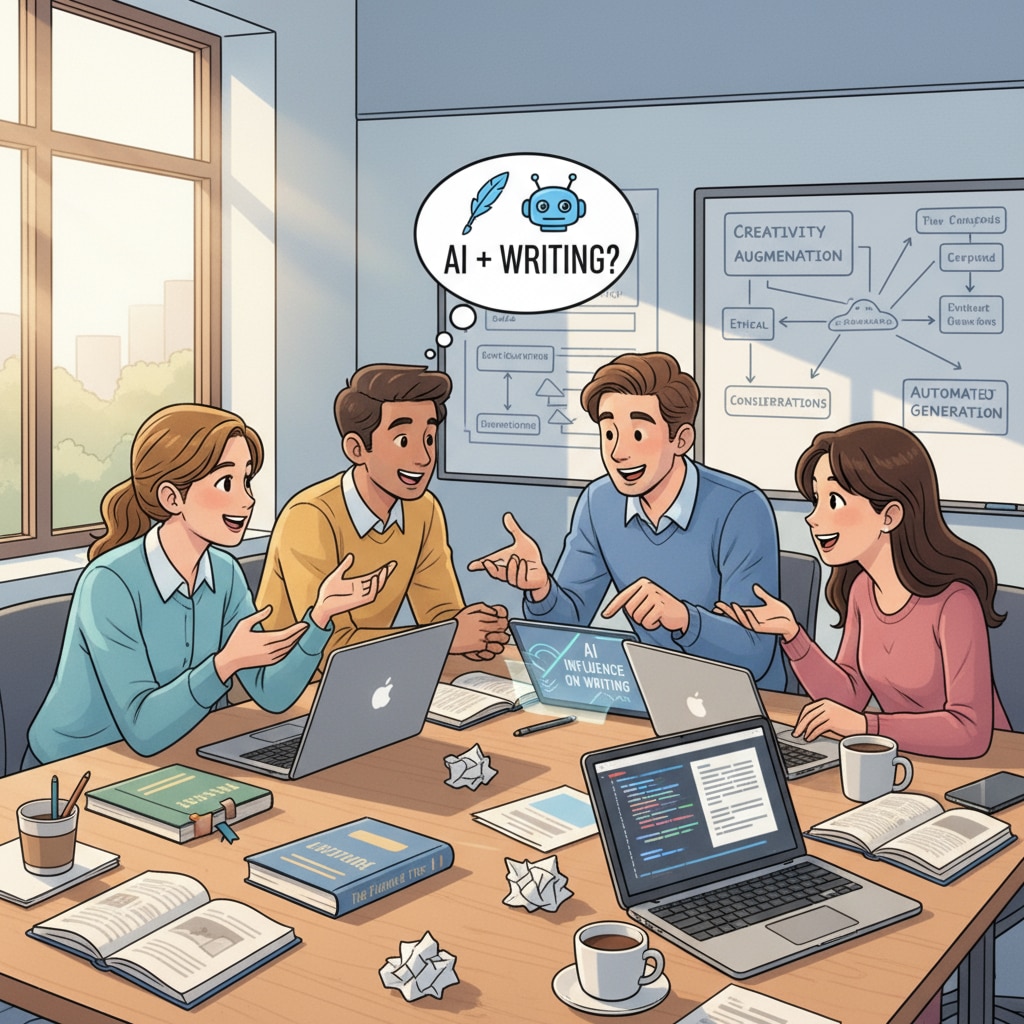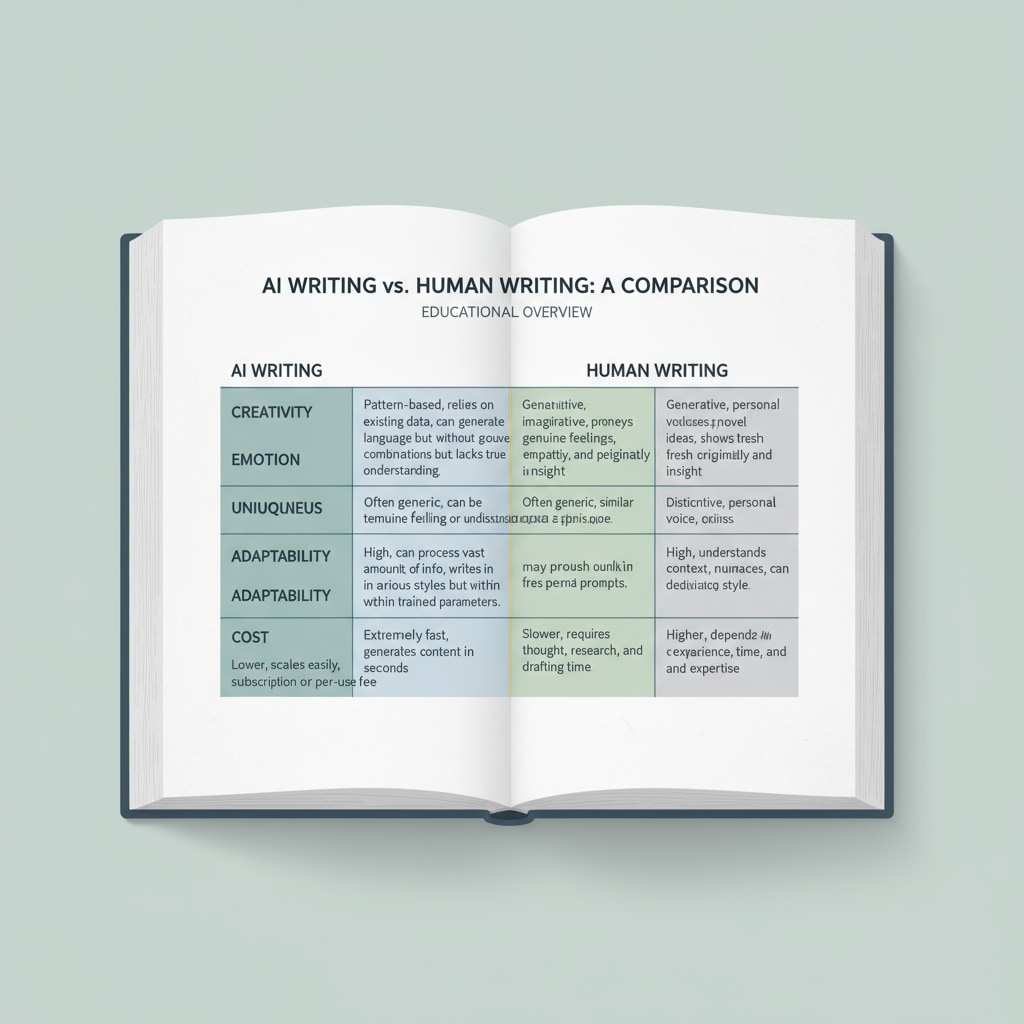In the age of advanced technology, the concepts of writing authenticity, AI detection, and teaching methods have become crucial in the field of education. With the increasing popularity of artificial intelligence (AI) writing tools, educators face the challenge of teaching students the true value of writing. The question is: how can we help students understand the significance of real writing in a world where AI can generate seemingly perfect texts?

The Rise of AI in Writing
AI has made remarkable progress in recent years, especially in the realm of writing. Tools like ChatGPT can produce well-structured essays, stories, and reports in a matter of seconds. These tools are capable of generating text that appears to be written by a human, which has raised concerns about academic integrity and the devaluation of human writing skills. According to Artificial intelligence in education on Wikipedia, the use of AI in writing has become a widespread phenomenon in educational institutions around the world. However, it’s important to note that while AI can mimic the structure and language of human writing, it lacks the depth of creativity and genuine emotions that human writers possess.
The Characteristics of AI Writing
AI writing often follows certain patterns and algorithms. It can quickly gather information from vast databases and present it in a coherent manner. For example, AI-generated texts usually have a consistent style and tone throughout. They are also proficient in grammar and spelling, as they are trained on a large amount of text data. But this very predictability is one of the limitations of AI writing. As Artificial intelligence on Britannica states, AI lacks the ability to truly understand the context and meaning behind the words it uses. It cannot draw on personal experiences, insights, or unique perspectives, which are the hallmarks of authentic human writing.

The Value of Authentic Student Writing
Student writing, on the other hand, is a reflection of their individuality, thoughts, and feelings. When students write, they express their own voices, share their personal stories, and develop their critical thinking skills. Authentic writing allows students to engage with the subject matter on a deeper level, explore different ideas, and communicate their understanding in a unique way. Teachers can use various teaching methods to encourage this authenticity, such as assigning topics that resonate with students’ interests and experiences, and providing feedback that focuses on the development of their unique writing style.
Readability guidance: By highlighting the differences between AI and student writing, educators can better teach the importance of writing authenticity. Using a combination of examples and discussions, teachers can help students recognize the value of their own voices in writing.


